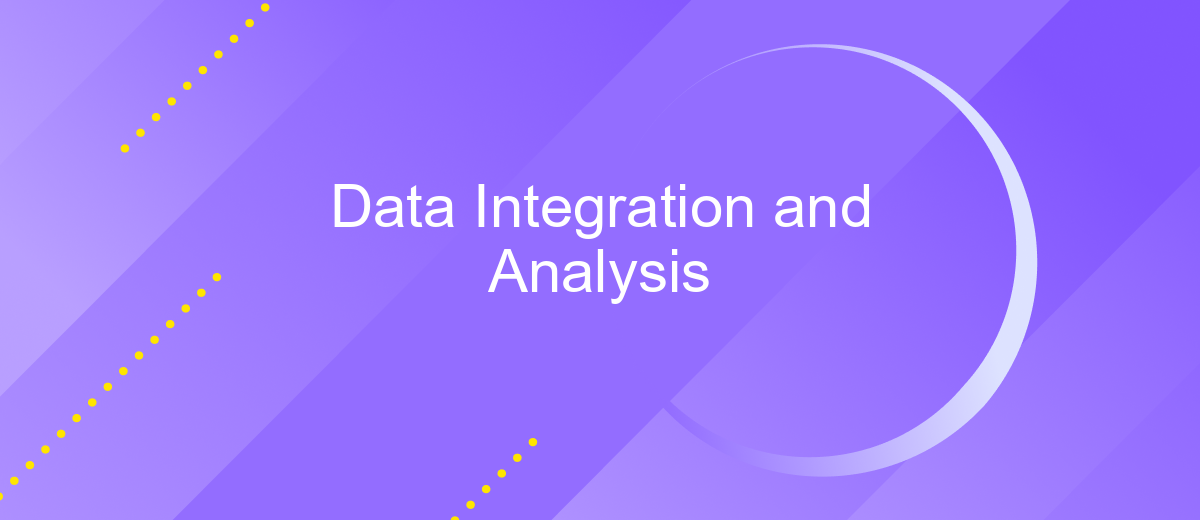Data Integration and Analysis
Data integration and analysis are critical components in today’s data-driven world, enabling organizations to consolidate disparate data sources and extract meaningful insights. By merging data from various systems, businesses can achieve a unified view, enhance decision-making processes, and drive innovation. This article explores the methods, challenges, and benefits of effective data integration and analysis in modern enterprises.
Introduction
Data integration and analysis are critical components in modern business environments, enabling organizations to make data-driven decisions. Integrating data from various sources can be challenging, but it is essential for gaining a comprehensive view of operations and customer behavior. Efficient data integration helps in consolidating data from disparate sources, ensuring consistency and accuracy.
- Data integration consolidates information from multiple sources.
- It ensures data consistency and accuracy.
- Enables comprehensive data analysis and reporting.
- Facilitates better decision-making processes.
Services like ApiX-Drive simplify the process of data integration by providing automated solutions that connect various applications and platforms. By utilizing such tools, businesses can streamline their data workflows, reduce manual efforts, and focus more on analyzing the integrated data to uncover valuable insights. As a result, organizations can respond more swiftly to market changes and improve their overall efficiency.
Data Integration

Data integration is a crucial process that involves combining data from various sources to provide a unified and comprehensive view. This process is essential for organizations that rely on multiple data streams, as it ensures consistency and accuracy across all platforms. Effective data integration allows for seamless data flow, improving decision-making and operational efficiency. It involves several techniques such as ETL (Extract, Transform, Load), data warehousing, and real-time data integration, each serving different needs and scenarios.
One of the tools that can significantly streamline the data integration process is ApiX-Drive. This service offers a user-friendly interface for setting up integrations between various applications and services without the need for extensive coding knowledge. ApiX-Drive supports a wide range of integrations, enabling businesses to automate workflows and synchronize data effortlessly. By leveraging such tools, organizations can reduce manual data entry, minimize errors, and ensure that data is always up-to-date and accessible across all systems.
Data Analysis

Data analysis involves examining, cleaning, transforming, and modeling data to discover useful information, inform conclusions, and support decision-making. Effective data analysis can help organizations identify trends, uncover insights, and make data-driven decisions.
- Data Collection: Gathering relevant data from various sources such as databases, APIs, and manual entries.
- Data Cleaning: Removing inaccuracies, duplicates, and irrelevant information to ensure data quality.
- Data Transformation: Converting data into a suitable format for analysis, often involving normalization and aggregation.
- Data Modeling: Applying statistical models and algorithms to identify patterns and relationships within the data.
- Data Visualization: Presenting data through charts, graphs, and dashboards to make insights easily understandable.
Using tools like ApiX-Drive can streamline the data integration process by automating the transfer of data between various platforms, ensuring that data is up-to-date and consistent. This allows analysts to focus on deriving insights rather than managing data flows, ultimately enhancing the efficiency and effectiveness of the data analysis process.
Benefits and Applications

Data integration and analysis offer numerous benefits, transforming raw data into actionable insights. By consolidating data from multiple sources, organizations can achieve a holistic view of their operations, enhancing decision-making and strategic planning.
One of the primary advantages of data integration is the elimination of data silos, which often hinder effective data utilization. Integrated data enables seamless access to comprehensive datasets, facilitating more accurate and timely analysis.
- Improved data quality and consistency
- Enhanced operational efficiency
- Better customer insights and personalization
- Streamlined reporting and compliance
Applications of data integration span various industries, from healthcare to finance. Tools like ApiX-Drive simplify the integration process by automating data flows between disparate systems, ensuring that data is always up-to-date and readily available for analysis. This automation not only saves time but also reduces the risk of human error, making data integration more reliable and efficient.
Conclusion
In conclusion, data integration and analysis are critical components for modern businesses aiming to leverage their data assets effectively. The process of integrating disparate data sources into a unified system enables organizations to gain comprehensive insights, streamline operations, and make data-driven decisions. Effective data integration not only enhances data quality but also ensures that the information is accessible and usable across various departments.
Utilizing services like ApiX-Drive can significantly simplify the process of data integration. By automating the connection between different applications and data sources, ApiX-Drive reduces the manual effort required and minimizes the risk of errors. This allows businesses to focus more on analyzing the integrated data to uncover valuable insights and drive strategic initiatives. Ultimately, the successful implementation of data integration and analysis frameworks empowers organizations to stay competitive and responsive in a rapidly evolving digital landscape.
FAQ
What is data integration and why is it important?
How can I ensure the quality of data during integration?
What are the common challenges in data integration?
How can I automate data integration processes?
What is data analysis and how does it complement data integration?
Routine tasks take a lot of time from employees? Do they burn out, do not have enough working day for the main duties and important things? Do you understand that the only way out of this situation in modern realities is automation? Try Apix-Drive for free and make sure that the online connector in 5 minutes of setting up integration will remove a significant part of the routine from your life and free up time for you and your employees.

